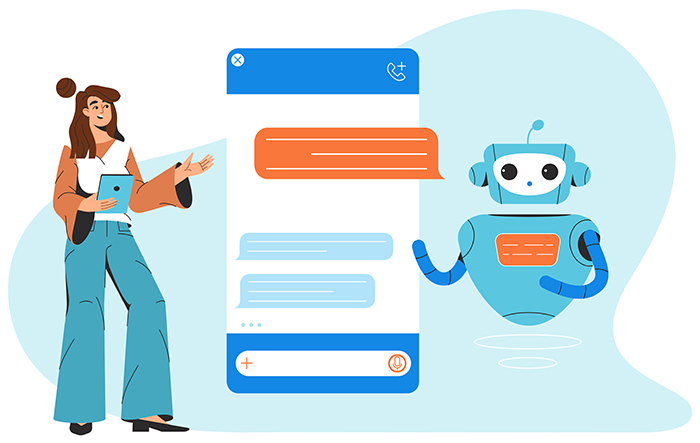In recent years, artificial intelligence has transformed the way businesses engage with their customers. One of the most dynamic areas of innovation is conversational AI, which includes chatbots, voice assistants, and other tools designed to simulate human conversation. As 2025 unfolds, understanding conversational AI trends is critical for companies aiming to stay ahead of the curve and deliver seamless, intelligent customer experiences.
1. Hyper-Personalized Conversations
Consumers expect interactions that reflect their preferences, history, and behavior. Advanced conversational AI systems now integrate customer data from CRMs, past support tickets, and behavioral analytics to tailor responses in real time. This hyper-personalization builds trust, improves satisfaction, and drives conversion rates. Among conversational AI trends, the shift toward personalization at scale is one of the most impactful.
2. Voice Assistants in Enterprise Use
Voice-enabled AI is moving beyond smart homes and smartphones. Businesses are increasingly adopting voice assistants for internal use, such as scheduling meetings, retrieving reports, or managing inventory. In customer-facing roles, voice bots are being deployed in call centers to handle routine inquiries, leaving human agents to tackle more complex tasks. This growing reliance on voice technology is a key part of evolving conversational AI trends.
3. Integration with Multi-modal Interfaces
Today’s users interact with brands across various touchpoints—text, voice, video, and even AR/VR. One of the emerging conversational AI trends is the fusion of these interfaces to offer a seamless user journey. For instance, a customer could start a conversation via chatbot, transition to a video call, and receive a follow-up via SMS—all orchestrated by AI.
4. Emotion Recognition and Sentiment Analysis
Modern AI models are learning not just to interpret words, but also to understand how they’re said. Emotion recognition uses vocal tone, facial expressions, and text analysis to gauge a user’s mood. When combined with sentiment analysis, conversational AI can respond empathetically and de-escalate tense situations. This advancement is one of the more nuanced yet powerful conversational AI trends improving customer service outcomes.

5. AI Agents That Learn Autonomously
Training and maintaining conversational agents used to be a manual, time-consuming task. Now, self-learning AI systems continuously improve based on interactions, automatically refining their understanding of user intent and preferred responses. This shift toward autonomous learning represents a leap forward in scalability and accuracy, making it a cornerstone of current conversational AI trends.
6. Multilingual and Localized Support
Businesses expanding globally require support systems that can speak the language—literally. Conversational AI tools are now capable of real-time translation and localization, allowing companies to serve diverse markets without hiring full multilingual teams. This democratization of communication is accelerating adoption across industries and geographies, cementing its place among important conversational AI trends.
7. Regulatory Compliance and Ethical Use
With increased reliance on AI, concerns around data privacy, transparency, and ethical use have grown. Governments and industry leaders are pushing for clear guidelines around how AI interacts with consumers. As a result, developers are embedding compliance checks and ethical frameworks into their conversational systems. Among the most discussed conversational AI trends is the push for responsible, transparent technology.
8. Human-AI Collaboration
Rather than replacing humans, conversational AI is increasingly being used to augment their capabilities. In sales, for example, AI can warm up leads and gather data before handing off to a human rep. In support, AI filters and prioritizes tickets based on urgency and complexity. This symbiotic relationship is one of the conversational AI trends driving higher productivity and better outcomes across departments.
Why These Trends Matter
The evolution of conversational AI is not just about efficiency—it’s about transforming the customer experience. These technologies allow brands to be available 24/7, offer consistent service, and resolve issues faster. Moreover, by embracing conversational AI trends, businesses can future-proof their customer engagement strategies and differentiate themselves in a competitive market.







